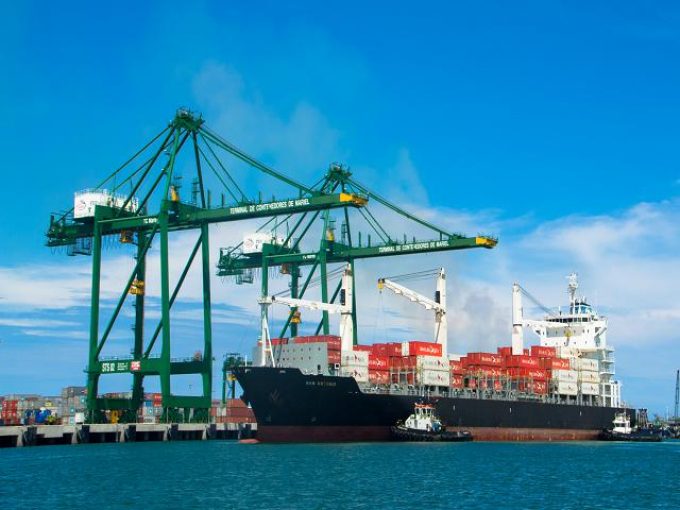Opposition builds for final hearing on US plan to tax Chinese box ship calls
US importers and shippers await the outcome of the final hearing on the new administration’s ...

Prospects of the Cuban port of Mariel capturing US transhipment volumes have significantly improved since the US government last week lifted a ban on foreign vessels calling at US ports within 180 days of calling at Cuba.
The US Treasury’s Office of Foreign Assets Control (OFAC) and Commerce Department’s Bureau of Industry and Security (BIS) issued a general licence, waiving the restriction as part of the ongoing programme to restore relations between the two countries.
Treasury Secretary Jacob Lew said: “President Obama’s historic announcement in December ...
Asia-USEC shippers to lose 42% capacity in a surge of blanked sailings
USTR fees will lead to 'complete destabilisation' of container shipping alliances
New USTR port fees threaten shipping and global supply chains, says Cosco
Outlook for container shipping 'more uncertain now than at the onset of Covid'
Transpac container service closures mount
DHL Express suspends non-de minimis B2C parcels to US consumers
Zim ordered to pay Samsung $3.7m for 'wrongful' D&D charges
Flexport lawsuit an 'undifferentiated mass of gibberish', claims Freightmate

Comment on this article